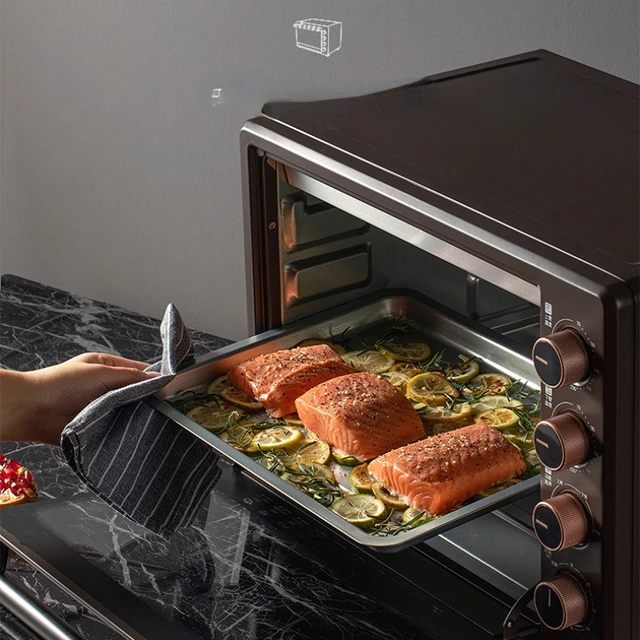Introduction of when were ovens made:
Ovens have been an integral part of human civilization for centuries, providing a means to cook and bake food. The oven invention marked a significant milestone in the development of culinary techniques and food preparation. What year was the oven invented? In this article, we will explore the history of ovens, tracing when was ovens invented from ancient times to the modern-day. By examining the evolution of ovens and the technologies that shaped their development, we can gain insights into the fascinating journey of this essential kitchen appliance.
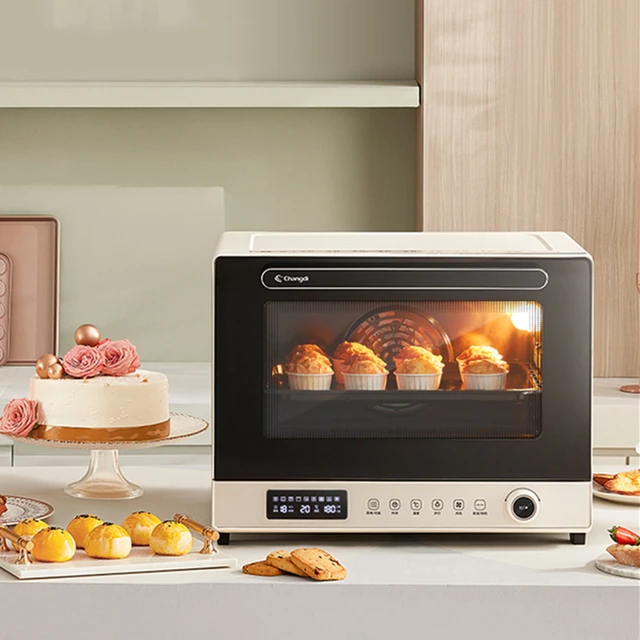
Why was the oven invented?
The oven was invented to improve cooking methods and enhance food preparation. Before its invention, food often cook over open flames or hot stones, which limited control over temperature and cooking times. The oven allows for:
- Even Cooking: Ovens provide consistent heat distribution, ensuring food cook evenly.
- Temperature Control: They enable precise temperature settings, allowing for various cooking techniques like baking, roasting, and slow cooking.
- Efficiency: Ovens can cook larger quantities of food at once, making meal preparation more efficient.
- Versatility: They accommodate a wide range of recipes and techniques, from bread baking to roasting meats.
- Safety: Cooking inside an oven reduces the risks associated with open flames and smoke inhalation.
Overall, the invention of the oven represented a significant advancement in culinary practices, allowing for greater creativity and complexity in cooking.
When was the first oven invented and who invented the oven?
The first known ovens date back to ancient times. Archaeological evidence suggests that the earliest ovens were used around 29,000 BC in Europe, where early humans used clay to create simple structures for cooking. However, more advanced brick ovens appeared around 3200 BC in ancient Mesopotamia. These early ovens were typically use for baking bread and cooking other foods. Over the centuries, ovens continued to evolve into the various types we use today.
When were ovens invented?
Ancient Origins of when was the oven invented:
a. Early Heating Methods: The concept of using heat to cook food dates back to ancient times. Early humans utilized various heating methods, such as open fires and hot stones, to cook their meals. These rudimentary techniques laid the foundation for the eventual invention of ovens.
b. Clay Ovens: One of the earliest known forms of ovens were clay ovens, which emerged around 29,000 BCE. These ovens consisted of a pit lined with clay and heated by burning wood or other combustible materials. Clay ovens were used by ancient civilizations, including the Egyptians, Greeks, Romans, and Mesopotamians.
Ancient Egyptian and Greek Ovens:
a. Egyptian Ovens: Ancient Egyptians utilized simple mud-brick ovens, known as tannur ovens. These ovens were rectangular in shape and had a domed or arched top. They were typically built into the walls of houses or constructed as separate structures.
b. Greek Ovens: Ancient Greeks developed a more advanced type of oven, known as the komeon. These ovens were constructed from terra cotta or clay and featured an enclosed chamber for baking bread. The komeon ovens were often located in public spaces and used by professional bakers.
Roman Ovens:
The Roman Furnace Oven: Ancient Romans made significant advancements in oven technology. They developed large, permanent ovens called furnaces or fornax. These ovens construct using brick or stone and had multiple chambers for baking bread and other dishes. The fornax ovens heat by burning wood or charcoal in an adjacent chamber, and the hot air circulated through the baking chamber.
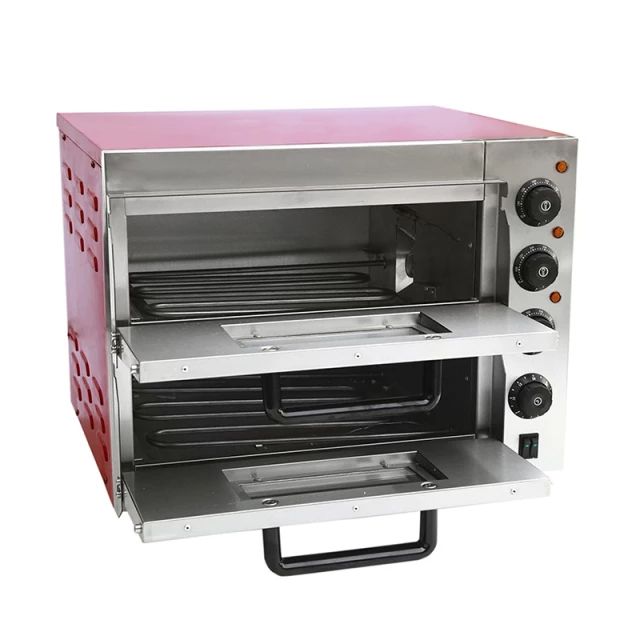
Industrial Revolution and when was the modern oven invented:
a. Coal and Wood Ovens: With the advent of the Industrial Revolution, coal and wood became popular fuels for ovens. These ovens were often large and used in industrial settings, such as bakeries and factories, to meet the growing demand for baked goods.
b. Gas Ovens: In the late 18th century, gas ovens started to emerge as a viable alternative to coal and wood-fired ovens. The use of natural gas as a fuel source revolutionized oven technology, so providing a more convenient and controllable heat source.
c. Electric Ovens: When were electric ovens invented? They were introduced in the late 19th century but did not gain widespread popularity until the 20th century. Electric ovens offered precise temperature control, faster heating times, and easier operation compared to gas or coal ovens. The advent of electric ovens marked a significant shift in oven technology and paved the way for modern cooking appliances.
d. Advancements in Technology: Over time, ovens underwent significant advancements in technology, design, and functionality. Features such as convection heating, digital controls, self-cleaning functions, and smart connectivity have become common in modern ovens, enhancing cooking precision and convenience.
Contemporary Oven Designs:
a. Conventional Ovens: Conventional ovens remain a popular choice for residential kitchens. They use heating elements at the top and bottom to provide heat for cooking and baking.
b. Convection Ovens: Convection ovens, equipped with a fan and exhaust system, so circulate hot air for more even and efficient cooking. They have gained popularity for their ability to reduce cooking times and improve cooking results.
c. Steam Ovens: Steam ovens use steam to cook food, preserving moisture and enhancing the flavors of the dishes. They are particularly favor for their ability to cook vegetables and delicate foods.
d. Combination Ovens: Combination ovens combine the functions of conventional, convection, and steam ovens, offering versatility and a range of cooking options.
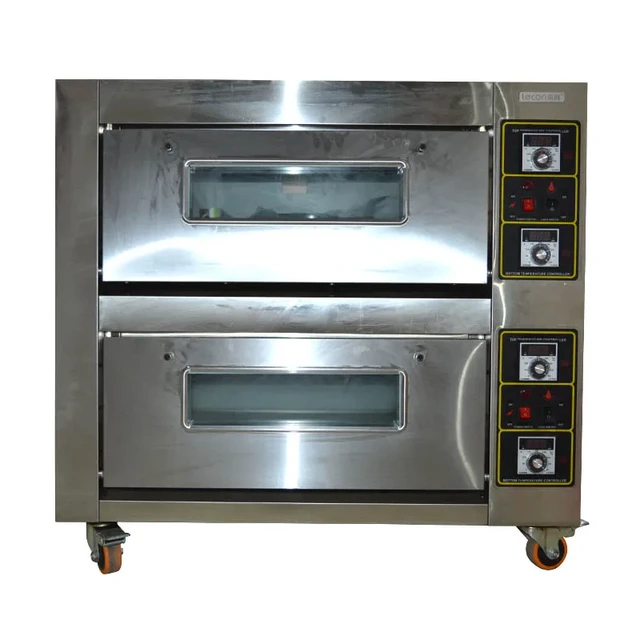
Future Trends:
a. Sustainable and Energy-Efficient Ovens: The growing emphasis on sustainability and energy efficiency is likely to shape future oven designs. Manufacturers are exploring innovative technologies, such as improved insulation, LED lighting, and more efficient heating elements, to reduce energy consumption and environmental impact.
b. Smart and Connected Ovens: The rise of smart home technology has also influenced oven design. Smart and connected ovens offer features such as remote control, voice commands, and integration with other smart devices, providing enhanced convenience and control.
The Impact of Ovens on Culinary Culture:
a. Bread and Pastry Making: Ovens have had a profound impact on bread and pastry making throughout history. The ability to produce consistent heat and control temperature has allowed for the creation of a wide variety of breads, pastries, and baked goods, so shaping culinary traditions and cultures around the world.
b. Culinary Innovation: The invention of ovens enabled culinary innovation, as chefs and home cooks explored new techniques and recipes. Ovens provided the means to roast, bake, and broil a multitude of ingredients, so giving rise to diverse cuisines and culinary specialties.
c. Home Cooking: Ovens have revolutionized home cooking, making it easier and more efficient to prepare meals. With the advent of electric ovens and their increased accessibility, so cooking at home became more convenient and practical for everyday households.
d. Commercial Food Production: Ovens have been instrumental in the growth of commercial food production. From large-scale bakeries to restaurant kitchens, ovens are essential tools for producing consistent and high-quality food in bulk quantities.
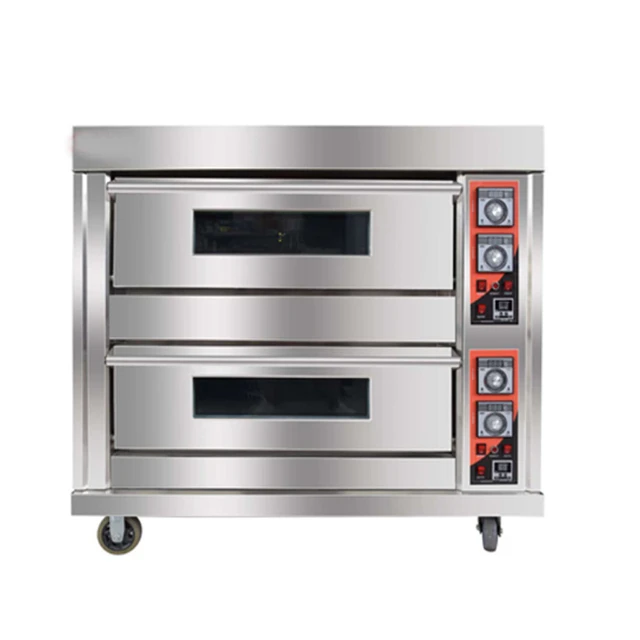
Cultural Significance of Ovens:
a. Symbolic Importance: Ovens hold cultural and symbolic significance in various societies. They are often associat with nurturing, sustenance, and communal gatherings. Ovens have been a centerpiece of social events, so symbolizing warmth, hospitality, and the sharing of food.
b. Traditional Practices: In many cultures, traditional oven designs and cooking methods have been preserved and passed down through generations. These practices often reflect unique regional flavors and culinary traditions, so connecting people to their cultural heritage.
c. Festivals and Rituals: Ovens are central to numerous festivals and rituals around the world. For example, in Indian culture, the tandoor oven plays a significant role in cooking traditional dishes for religious ceremonies and festive occasions.
Ovens in Different Parts of the World:
a. Mediterranean Region: The Mediterranean region has a rich history of oven usage.
b. Asia: Asian cuisines have their own variations of ovens, such as the Japanese kamado and the Chinese brick oven.
c. Indigenous Cultures: Indigenous cultures around the world have developed their own types of ovens, often using natural materials and traditional techniques. For example, the earth oven, commonly found in indigenous communities in the Americas and the Pacific Islands, involves cooking food in a pit lined with hot stones.
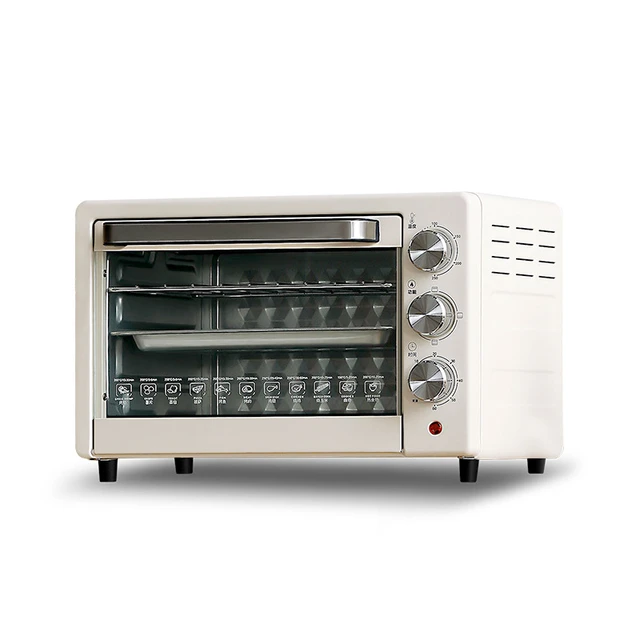
Conclusion:
Now we know when was oven invented, when was the oven made and when was the electric oven invented. The invention and evolution of ovens have played a significant role in the development of culinary techniques and food preparation. From the simple clay ovens of ancient civilizations to the sophisticated ovens of the modern era, so this essential kitchen appliance has undergone remarkable transformations. With each advancement in technology, ovens have become more efficient, versatile, and user-friendly, so offering a wider range of cooking options and precise control over the cooking process. As we move into the future, the focus on sustainability, energy efficiency, and smart technology is likely to shape further advancements in oven design. Through the rich history of ovens, we can appreciate the ingenuity and innovation that has brought this indispensable cooking tool into our homes, revolutionizing the way we cook and bake.

